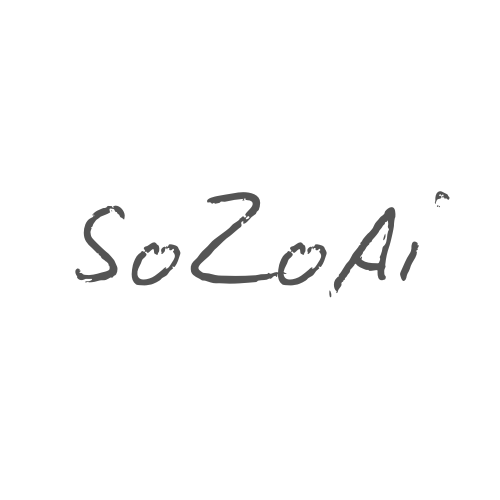Restoring Reflection, Connection, and Wholeness in Care and Wellbeing
“To divide the united, to unite the divided, is the life of nature.”
— Goethe
For over two centuries civilization has favored the left hemisphere’s mode of attention—to analyze, categorize, and control. This way of seeing has brought extraordinary scientific and technological progress, deepening our understanding of the material world. Yet it has also shaped a collective tendency to treat life and nature as systems of parts rather than as a living whole. In taking things apart to find answers, we sometimes lose sight of the relationships that give those parts their meaning.
As Iain McGilchrist, the psychiatrist, neuroscientist, and author of The Master and His Emissary, reminds us, the right hemisphere — holistic, relational, embodied — perceives life and nature as interconnected and ever-evolving, a web of relationships unfolding in time. The left hemisphere, by contrast, abstracts and codifies, translating the living flow of experience into patterns and categories.
Both modes are essential — one grounding us in structure and precision, the other opening us to context, meaning, creativity and wonder.
Throughout history, times of great creativity and flourishing of new systems of thought— such as the early Renaissance — have reflected a harmony between the two.
Today, however, our culture often tilts toward the left hemisphere’s narrow lens, seeking to address human challenges with more data, more analysis, more optimization.
The task before us is not to deprioritize reason or analysis, but to restore balance, to remember the whole, while working with it’s parts.
Yet living systems are not linear.
Nature’s systems, ecological and human alike, are complex and intrinsically unpredictable, and cannot be reducible to algorithmic logic. Our minds, bodies, health and consciousness form such a system - dynamic, relational and continuously evolving.
Hence, wellbeing and human care cannot be engineered like a machine—they must be nurtured through awareness, reflection, and relationship.
SoZoAi is an alternative, seeking to restore this balance.
It is not a system of control or prediction— it is a companion that invites slowing down, reflection, and discovering pathways to wellbeing in the relationship with one’s environment.
Wellbeing improves when interconnections in our lives are understood.
By enabling individuals to see patterns across emotional, mental, physical, and relational dimensions, SoZoAi nurtures a right-hemisphere mode of attention - one that perceives context, connection, and wholeness rather than isolation.
Cultivating self-understanding and deep learning.
Rather than replacing human insight with algorithmic certainty or endlessly feeding external information, SoZoAi empowers people to rediscover their innate intelligence - cultivating self-understanding as the foundation of care and wellbeing.
We thrive together, not in isolation.
When care becomes mutual and collective, a living system of shared stories, learning, and understanding—we all thrive together. SoZoAi enables this ecology of care through collective insights, growing through reciprocity and community relationships.
Bridging intuitive and analytical.
Users move at their own pace, discovering solutions for their unique needs through reflective questions and evidence-based guidance—not prescriptive answers.
SoZoAi creates the conditions for integrated care: a bridge between the analytic and the intuitive, where technology serves as a mirror, not a master.
Toward Wholeness
Balanced wellbeing begins with balanced left and right hemisphere attention, the harmony of reflection and analysis, context and evaluation, interconnectedness and meaning.
In restoring this balance, we reorient human care toward wholeness, where technology does not fragment, but fosters the unity of health and life.

